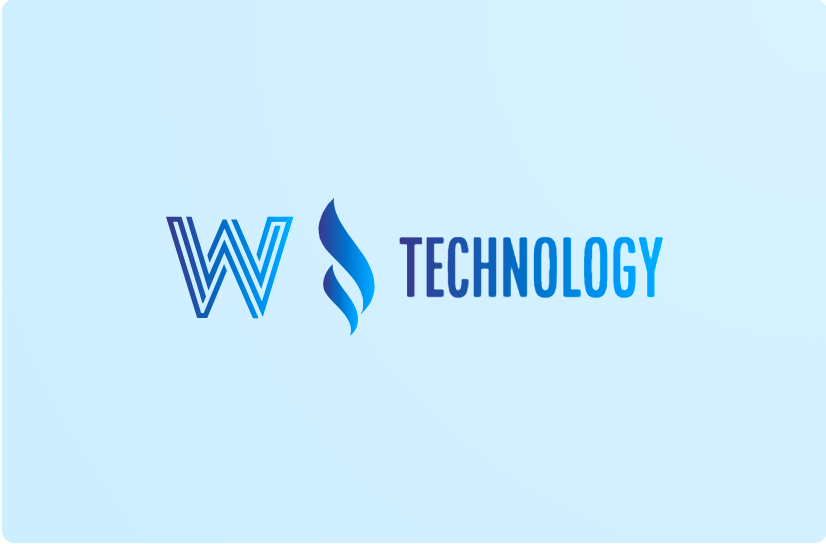TCP/IP Model Overview: Understanding the 4 Layers
In today’s interconnected world, the ability of devices to communicate seamlessly across networks is crucial. The Transmission Control Protocol/Internet Protocol (TCP/IP) model serves as the foundation for modern networking, providing a structured approach to data transmission. Let's delve into the core components of the TCP/IP model and understand how each layer contributes to effective communication.
What is the TCP/IP Model?
The TCP/IP model is a conceptual framework used to describe how data is transmitted across a network. Unlike the OSI model, which consists of seven layers, the TCP/IP model simplifies this into four main layers. These layers define how data is packaged, transmitted, and received between devices.

The 4 Layers of the TCP/IP Model
1. Link Layer (Network Interface Layer)
The Link Layer is responsible for data transfer between a device and the network, and addressing physical connections.
| Feature | Description |
|---|---|
| Network Interface Cards (NICs) | Handle hardware addressing (MAC addresses). |
| Physical Mediums | Devices communicate over various physical mediums like Ethernet, Wi-Fi, or other network technologies. |
| Error Detection | Handles error detection and correction at the hardware level. |
2. Internet Layer
The Internet Layer facilitates routing of data packets from the source device to the destination device across different networks.
| Feature | Description |
|---|---|
| IP Addresses | Assigns IP addresses for devices to identify them on a network. |
| Packet Forwarding | Performs packet forwarding and routing through network devices (e.g., routers). |
| Protocols | Utilizes protocols such as IP (Internet Protocol) and ICMP (Internet Control Message Protocol). |

3. Transport Layer
The Transport Layer ensures reliable data transfer between hosts and provides end-to-end communication.
| Feature | Description |
|---|---|
| Data Flow | Manages data flow, error checking, and correction. |
| Protocols | Provides transport protocols like TCP (Transmission Control Protocol) and UDP (User Datagram Protocol). |
| Reliability | Ensures data reliability, sequencing, and error control. |

4. Application Layer
The Application Layer serves as the interface between applications and the lower layers of the TCP/IP model.
| Feature | Description |
|---|---|
| End-User Communication | Enables end-user communication through services like email, file transfer, web browsing, etc. |
| Protocols | Uses application-specific protocols such as HTTP, FTP, SMTP, DNS, etc. |
| User Interface | Provides access to network services through user-friendly interfaces. |

Importance of the TCP/IP Model
The TCP/IP model is widely adopted across the internet and local area networks (LANs) because of its simplicity, adaptability, and ability to scale across different types of networks. By breaking down network communication into clear layers, it ensures that each component has a specific role in managing data transfer, from physical connections to application-level communication.
Conclusion
Understanding the TCP/IP model helps network professionals design, troubleshoot, and optimize network communications. By mastering the interplay between the Link, Internet, Transport, and Application layers, individuals can ensure reliable, secure, and efficient data transmission in any network environment. We will learn each and every layer in depth in upcoming tutorials









0 Comments